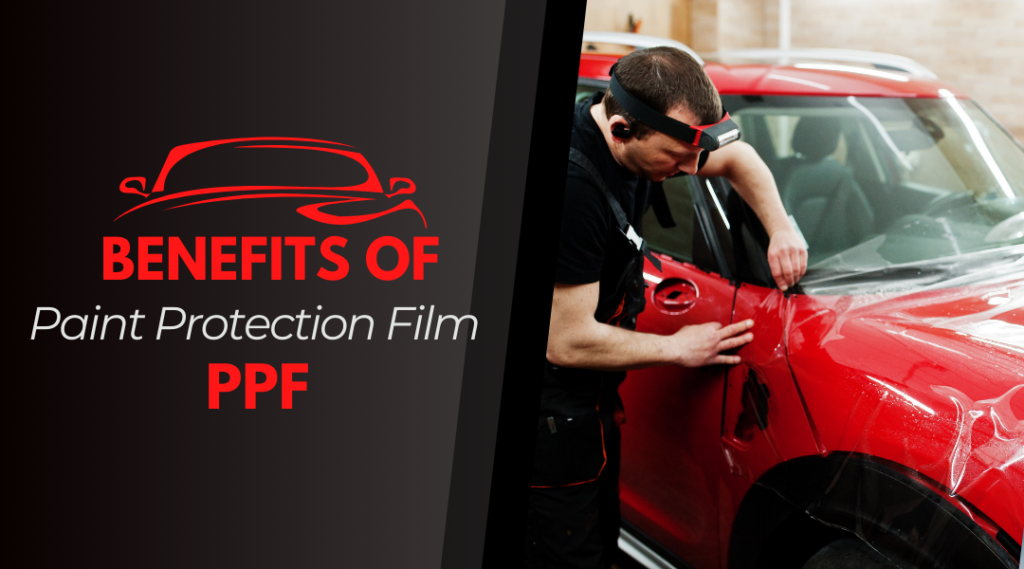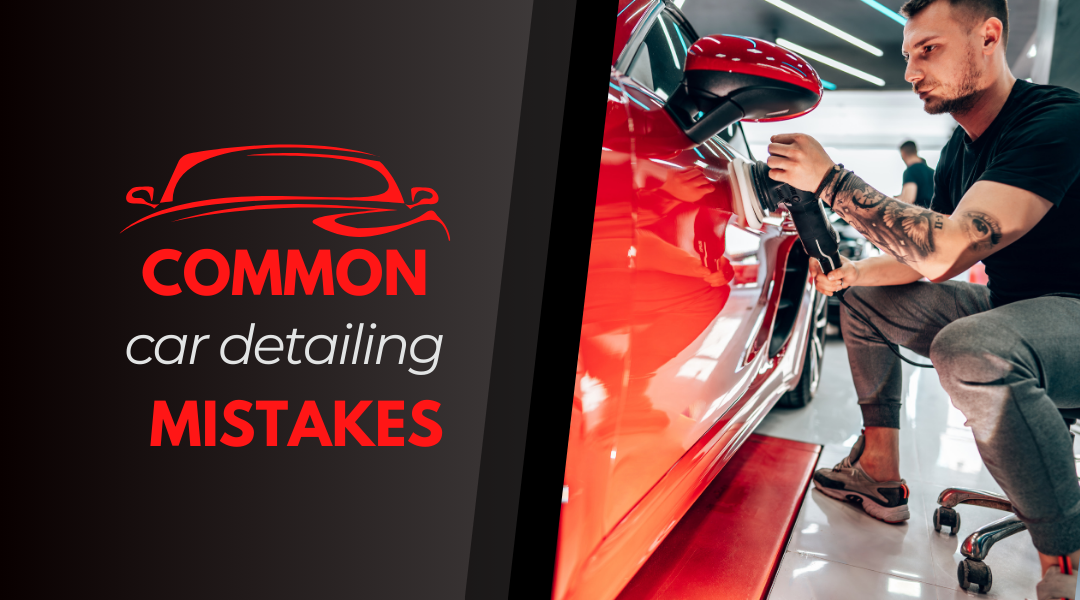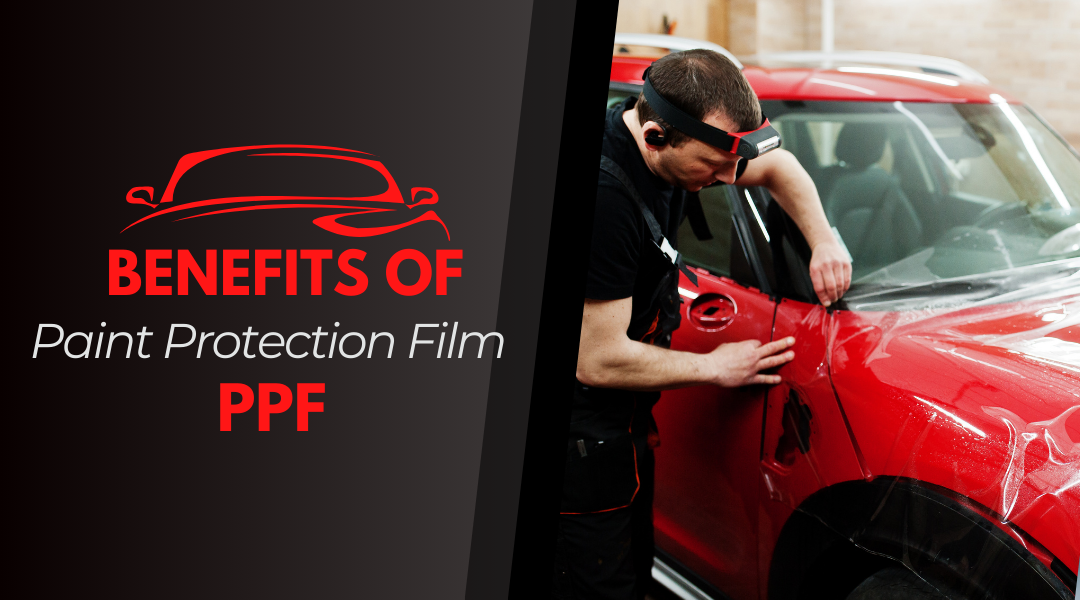If you recently bought a new car and want to keep it looking good for as long as possible, consider getting a Paint Protection Film (PPF) applied. PPF is a transparent, highly durable protective film that can protect your car’s paint from numerous types of damage that will inevitably degrade your car’s good looks, one way or the other.
So, if you prefer a low-maintenance approach to car care, PPF reduces the need for frequent waxing and detailing. This article discusses the importance of PPF for new vehicles, its pros and cons, and some other related issues.
What is Paint Protection Film (PPF)?
PPF, or protective paint film, is a transparent and ultra-thin layer of thermoplastic urethane. It goes on top of your car’s paint. It’s a shield for your vehicle’s body panels from pikes of weather, stone chips, and other forms of abrasion.
PPF also protects against various conventional chemical, thermal, and physical degradation forms. This includes damage from road dust, acid rain, environmental conditions, and outdoor exposure. In short, PPF offers your car a near-invisible armour to maintain its showroom shine.
Why Paint Protection Film is a Must-Have for New Cars
Your new car must be invested in paint protection film (PPF). The PPF is a transparent, long-lasting protective film applied to the vehicle’s body. It acts as a second layer of defence against environmental effects, road debris, and minor abrasions, significantly extending the life of the paint.
The PPF’s anti-UV filters maintain the gloss and reduce paint fading, enhancing the quality of your vehicle. Additionally, the film provides a convenient way to keep your car shiny and looking new with less effort. Protect your vehicle, preserve your paint, and shine forever.
Pros and Cons of Paint Protection Film
| Pros | Cons |
| Protects against environmental damage | Installation can be expensive |
| Guards against physical damage | Requires professional installation |
| Enhances resale value | Not a permanent solution (5-10 years) |
| Low maintenance | Initial application can be time-consuming |
| Self-healing properties | Inferior films may yellow over time |
| Customizable options |
6 Benefits of Paint Protection Film (PPF) for New Vehicles
Protects Against Environmental Damage
PPF protects against almost every harmful exterior element known, including UV rays, acid rain, bird droppings, and tree sap. Left unchecked, these elements can drastically degrade the paintwork on your vehicle over time. Because these agents can’t penetrate the tough outer layer of PPF film, your vehicle will always look exactly how you want it to, removing the headache of constantly finding out which cleaning product is suitable for your car.
Guards Against Physical Damage
Your car is exposed to abrasions from road debris, stone chips, and minor scratches with everyday driving. PPF acts as a security blanket for your paint, absorbing the impact of these hazards so they don’t reach your paintwork. This is particularly helpful for spots more susceptible to influence, like the hood, bumper, and side mirrors.
Enhances Resale Value
The state of your car exterior is crucial to determining your car’s potential resale value. Vehicles that have a sound and maintained look will appeal to potential buyers, which can even increase their market value. PPF helps your car preserve its original look, which can increase its attractiveness to purchasers who are likely to pay a high price tag for a showpiece car that is well taken care of.
Low Maintenance
The other benefit of PPF is that it reduces the amount of maintenance you will have to do on your car. The film is water-repellent and much easier to clean than any car paint. You won’t even have to wax your vehicle occasionally, as PPF gives it glossy protection that looks like it just got its wax on.
Self-Healing Properties
Most premium PPFs are also self-healing. Minor scratches and swirl marks fade when exposed to heat, such as the sun or hot water. Thus, your car’s surface will remain smooth and scratch-free until the next time you visit an unwelcome parking lot.
Customizable Options
Today’s PPFs come in matte and satin finishes, allowing you to experiment with different car styles. You can pick one that complements your car’s design while providing proper protection.
Choosing the Right PPF and Installer
When selecting PPF, ensure it’s of high quality and has a thickness of at least six millilitres to provide adequate protection. Trusted brands like XPEL, 3M, SunTek, and VViViD offer reliable options.
The installation process is crucial for the film’s performance. It’s a meticulous task that requires precision and expertise. Therefore, it’s advisable to have PPF applied by a professional installer to ensure a seamless, bubble-free finish.
How Does PPF Protect Against Environmental Damage?
PPF is an impenetrable shield against UV radiation, acid rain, bird droppings, and tree sap. These agents can ruin your car’s paint job over time, fade your paint colour, accelerate corrosion, and cause many other ugly problems. This is why PPF can be a significant investment in protecting the paintwork from looking unattractive.
How Does PPF Guard Against Physical Damage?
Daily driving means that your car is vulnerable to getting rock chips, stone chips, or minor scratches from road debris. PPF helps protect the paint by absorbing the hazard’s impact so it won’t reach the paint. That’s why the hood, bumper, and side mirrors are usually the three most common body parts with a high chance of getting minor scratches or chips.
Conclusion
Investing in Paint Protection Film is a smart move to preserve the appearance and value of your new vehicle. It provides a comprehensive shield against environmental and physical damage while simplifying maintenance. Choosing the right PPF and having it professionally installed ensures your car remains in top condition for years.






